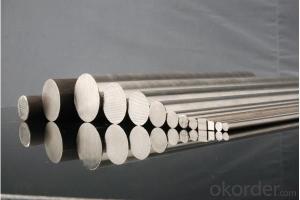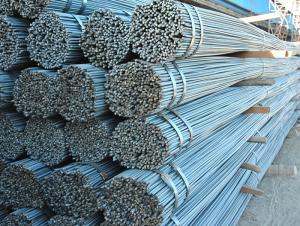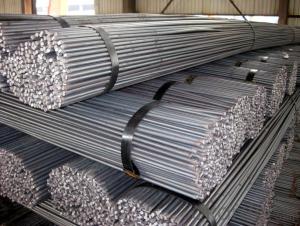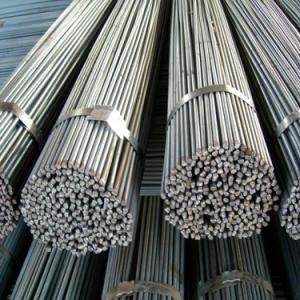Environmental High Quality 304 Stainless Steel Round Bar
- Loading Port:
- Tianjin
- Payment Terms:
- TT OR LC
- Min Order Qty:
- 25 m.t.
- Supply Capability:
- 20000 m.t./month
OKorder Service Pledge
Quality Product, Order Online Tracking, Timely Delivery
OKorder Financial Service
Credit Rating, Credit Services, Credit Purchasing
You Might Also Like
Specifications
Stainless Steel Bar
1.Cold roll cold draw pipe&tube
2.Grade: TP304,TP316L
3.Honor: CE/PED,AB
4.STANDARD: ASTM 312/213/269
Environmental High Quality 304 Stainless Steel Round Bar
Description:
| Series | Top Quility steel Rod |
| Grade | 300 series(304, 304 L,304H,310,310S,316, 316 L,317L,321etc.) |
| Technics | Hot-rolled, Hot-forged, Cold-drawn, Centerless Gringing |
| Surface | Peeled, Bright, Polish |
| Diamete Rang | Peeled bright round bar: 3-400mm |
| Hot-rolled bar: 3-130mm | |
| Hot- forged bar: 130-400mm | |
| Cold-drawn: 3-40mm | |
| Centerless grinding bright round bar: 3-100mm | |
| Dia torlarance:H9-K12 | |
| Length | Radom length, Specified length, Multiple length ( no more than 9m) |
| Usage | These products are widely supplied to areas of machine-made industry, chemical industry, |
| shipping industry, rchitecture, food industry, household products etc | |
| Packaging | Standard export packing, according to customer's requirment |
| Delivery Time | up to the order quantity |
| Certification | CE/PED,ABS, DNV ,GL,LR |
| Application | Pipe and Tubes for petrochemical industry,pharmaceutical industry ,food industry, |
| aviation and aerospace industry,architectural decoration industry |
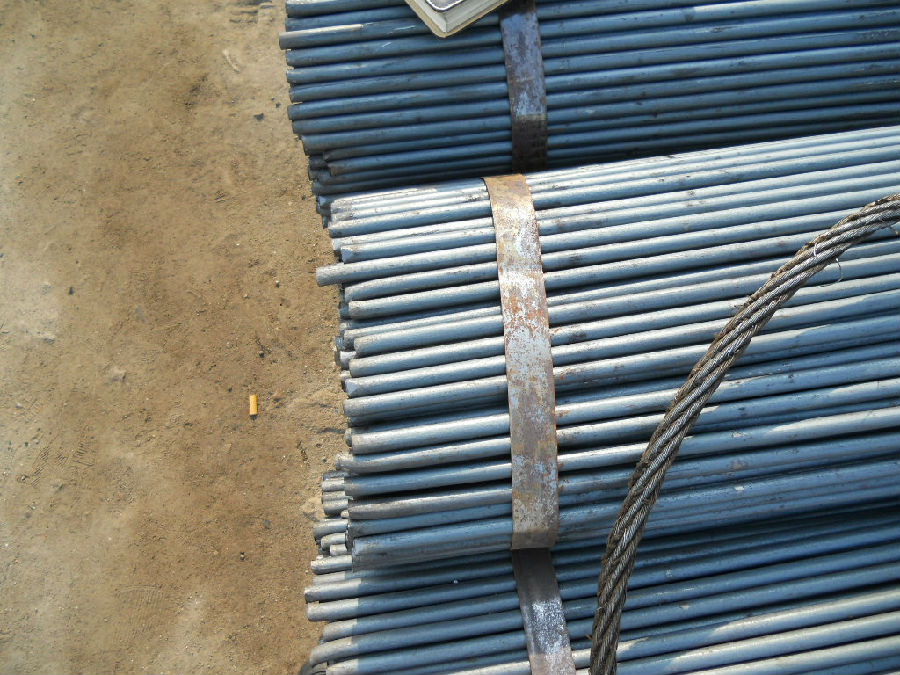
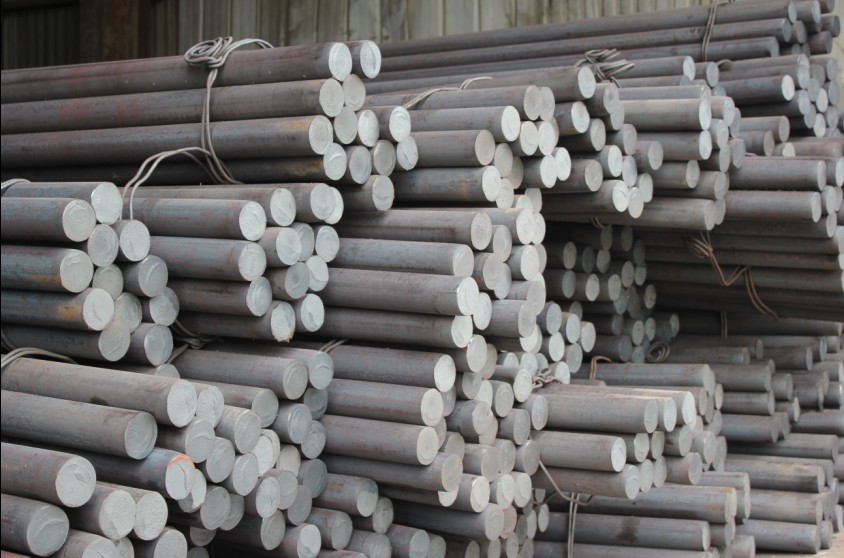

- Q:What is the difference between a rough turned and a polished steel round bar?
- A rough turned steel round bar has undergone a preliminary machining process that removes surface imperfections and excess material, providing a slightly smoother finish. On the other hand, a polished steel round bar has undergone further polishing or grinding processes to achieve a much smoother and aesthetically appealing surface finish.
- Q:Special steel bar steel products used to do what
- Carbon tool steel is high carbon steel basically contains alloy elements, the carbon content in the range of 0.65% ~ 1.35%, the production of low cost, easy to obtain raw materials, good machinability, after treatment can obtain high hardness and high wear resistance, so it is widely used in steel, used to manufacture all kinds of cutting tools, mold, measuring.
- Q:What is the modulus of elasticity of a steel round bar?
- The modulus of elasticity of a steel round bar typically ranges from 190 to 210 gigapascals (GPa).
- Q:What are the differences between hot rolled stainless steel rounds and cold drawn round ones?
- Round bar is divided into three parts: hot rolling, forging and cold drawing. Standard Specification for hot rolled round steel is 5.5-250 mm. Where: 5.5-25 mm small round steel mostly straight bundles of supply, used for steel, bolts and various mechanical parts; greater than 25 mm round steel, seamless steel pipe is mainly used for the manufacture of mechanical parts of the tube, etc..
- Q:What is the standard length of a steel round bar?
- The standard length of a steel round bar can vary depending on the specific industry and its intended use. However, in general, the standard length of a steel round bar is typically 20 feet or 6 meters. This length is commonly used in construction, manufacturing, and engineering applications. It is important to note that custom lengths can also be obtained, as per the requirements of a particular project or application.
- Q:Can steel round bars be used for making electrical components?
- No, steel round bars are not typically used for making electrical components. Electrical components are typically made from materials that have good electrical conductivity, such as copper or aluminum.
- Q:Are steel round bars resistant to chemicals or acids?
- Yes, steel round bars are generally resistant to chemicals and acids due to their high corrosion resistance properties. However, the level of resistance may vary depending on the specific type of steel and the concentration and temperature of the chemicals or acids involved.
- Q:How do you measure the straightness tolerance of a steel round bar?
- To measure the straightness tolerance of a steel round bar, you can use a variety of methods depending on the accuracy and precision required. Here are a few common techniques: 1. Visual Inspection: This is a simple method where you visually inspect the bar for any visible deviations from straightness. You can place the bar on a flat surface and look for any bends or curves along its length. However, this method is subjective and may not provide precise measurements. 2. Straightedge Method: In this method, you place a straightedge, such as a ruler or a precision straightedge, against the bar's surface and check for any gaps or spaces between the straightedge and the bar. This method provides a more accurate measurement but can still be influenced by human error. 3. Dial Indicator Method: This method involves using a dial indicator, which is a precision measuring tool, to measure the straightness tolerance. You secure the dial indicator to a fixed point and then move it along the length of the bar, noting any deviations from a straight line. This method provides more precise measurements and can be used to quantify the straightness tolerance in terms of a specific unit of measurement, such as inches or millimeters. 4. Laser Measurement: Laser systems, such as laser alignment devices, can be used to measure the straightness tolerance of a steel round bar. These systems use lasers to project a straight line onto the surface of the bar and then measure any deviations from this line. Laser measurement provides highly accurate and repeatable results, making it suitable for applications that require tight tolerances. It is important to note that the choice of measurement method depends on the required accuracy, the size of the round bar, and the available resources and equipment. Additionally, it is recommended to consult industry standards and guidelines to ensure compliance with specific tolerances and requirements for your application.
- Q:What is the difference between a polished and a cold drawn steel round bar?
- A polished steel round bar refers to a steel bar that has undergone a polishing process, which involves using abrasive materials to remove any surface imperfections and create a smooth, shiny finish. Polishing enhances the aesthetic appearance of the steel bar and improves its corrosion resistance. This process is commonly used for decorative or architectural applications where the visual appeal is important. On the other hand, a cold drawn steel round bar is produced through a different manufacturing process. In this method, a steel bar is pulled through a die at room temperature to reduce its diameter and increase its length. This process results in a bar with a more precise and uniform diameter, as well as improved mechanical properties such as higher tensile strength and dimensional accuracy. Cold drawing also enhances the surface finish, but it may not achieve the same level of smoothness and shine as a polished bar. In summary, the main difference between a polished and a cold drawn steel round bar lies in the manufacturing process and the resulting properties. Polishing provides a smooth and shiny finish for aesthetic purposes, while cold drawing improves the dimensional accuracy and mechanical properties of the steel bar.
- Q:What are the advantages of using precipitation-strengthened steel round bars?
- Using precipitation-strengthened steel round bars in various applications offers several benefits. Firstly, these bars possess improved mechanical properties, making them stronger and more durable compared to regular steel bars. Through the heat treatment process of precipitation hardening, fine particles form within the steel structure. These particles act as obstacles to dislocation movement, resulting in enhanced strength and hardness. Secondly, the increased strength of precipitation-strengthened steel round bars allows for material usage reduction while maintaining the desired level of structural integrity. This leads to cost savings in terms of raw materials and transportation, making it an economical choice in the construction and manufacturing industries. Additionally, precipitation-strengthened steel round bars exhibit excellent corrosion resistance properties. The formation of fine particles during precipitation hardening creates a dense and uniform microstructure, effectively blocking the movement of corrosive agents. This corrosion resistance makes these bars ideal for applications in harsh environments or industries where exposure to corrosive substances is common. Another advantage of using precipitation-strengthened steel round bars is their ability to withstand high temperatures. The fine particles within the steel structure contribute to improved thermal stability, enabling these bars to maintain their strength and hardness even under elevated temperatures. This makes them suitable for applications involving high-temperature operations, such as in the aerospace and automotive industries. Furthermore, precipitation-strengthened steel round bars possess superior fatigue resistance, making them advantageous in applications that require repetitive or cyclic loading. The precipitation hardening process enhances the material's resistance to fatigue failure, allowing it to withstand prolonged stress without significant deformation or failure. This makes these bars suitable for use in structures subjected to dynamic or fluctuating loads, such as bridges, cranes, and machinery components. In conclusion, precipitation-strengthened steel round bars offer enhanced mechanical properties, reduced material usage, excellent corrosion resistance, high-temperature stability, and superior fatigue resistance. These advantages make them the preferred choice for a wide range of applications, spanning from construction and manufacturing to the aerospace and automotive industries.
1. Manufacturer Overview |
|
|---|---|
| Location | |
| Year Established | |
| Annual Output Value | |
| Main Markets | |
| Company Certifications | |
2. Manufacturer Certificates |
|
|---|---|
| a) Certification Name | |
| Range | |
| Reference | |
| Validity Period | |
3. Manufacturer Capability |
|
|---|---|
| a)Trade Capacity | |
| Nearest Port | |
| Export Percentage | |
| No.of Employees in Trade Department | |
| Language Spoken: | |
| b)Factory Information | |
| Factory Size: | |
| No. of Production Lines | |
| Contract Manufacturing | |
| Product Price Range | |
Send your message to us
Environmental High Quality 304 Stainless Steel Round Bar
- Loading Port:
- Tianjin
- Payment Terms:
- TT OR LC
- Min Order Qty:
- 25 m.t.
- Supply Capability:
- 20000 m.t./month
OKorder Service Pledge
Quality Product, Order Online Tracking, Timely Delivery
OKorder Financial Service
Credit Rating, Credit Services, Credit Purchasing
Similar products
New products
Hot products
Related keywords
